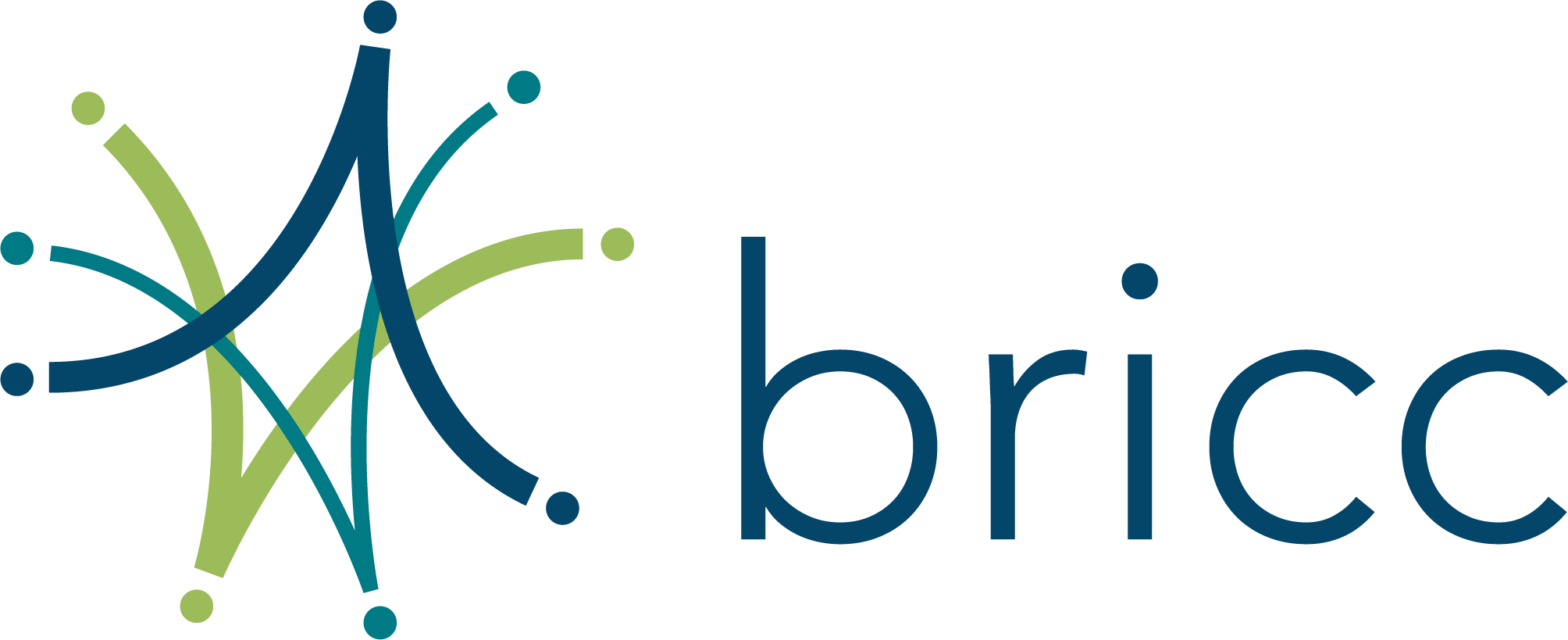Industry, Academia, and Government Partnership Spurs Innovation in Satellite Launch Tracking Technology
Detecting and reacquiring launch vehicles could soon become an easier, faster process thanks to a partnership between the Space Domain Awareness (SDA) Tools Applications and Processes (TAP) Lab, Overhead Persistent Infrared (OPIR) TAP Lab, Colorado University (CU) Boulder, the University of Southern California (USC), and the Virginia Tech Applied Research Corporation (VT-ARC).
For the past couple of months, students from USC have been working with mentors from CU Boulder to help the SDA TAP Lab solve the real-world problem of improving the space industry's ability to identify and detect satellite launches.
They began by generating artificial images of satellite launch sites. From there, they used actual photographs to compare their synthetic image data to real world launch sites. Using this real and generated image data, the USC team is developing AI/ML software to recognize patterns in launch sites. That could include anything from extra trucks at the site to fuel the launch vehicle or seismic events that could indicate a launch explosion.
All those images and data require massive computing capabilities that the students had trouble running on their local computers. So, VT-ARC's data science team stepped in to provide Amazon Web Services GovCloud's high power computing and storage capabilities, as well as expertise in data management and orchestration.
The software program that USC's students are developing will do more than earn them a good grade this semester. According to SDA TAP Lab Chief Maj. Sean Allen, their work could help the Joint Commercial Operations cell and commercial SDA companies prepare to reacquire launch vehicles faster than they do today -- so they can better track the movements of adversarial spacecraft.
"We at the lab facilitate partnerships and give direction on the problems," noted Maj. Allen. "That mentorship and guidance enables a student who's never heard of this stuff to use open-source machine learning models to detect indicators of space launch preparation. And all at the unclassified level using commercial tools!"
Thanks to communication fostered in the VT-ARC's Innovation Hub, the OPIR TAP Lab has also partnered with USC's students through the SDA TAP Lab. By merging both TAP Lab's data, USC's students had more data to feed their program. Meanwhile, the OPIR TAP Lab gets to take advantage of the students' AI expertise to augment the Lab's mission.
Working with the OPIR and SDA TAP Labs has taught USC's students valuable lessons about operations within the DoD, particularly when it comes to the acquisitions process. They're currently hoping to secure funding for their project, enabling the team to further develop and implement the program to its full potential. Partnering with VT-ARC ensures the code they develop will be accessible for future teams to develop further or integrate into other applications.
"I have had the opportunity to meet and interact with many talented individuals in the aerospace community, in academia, the Department of Defense, and also in industry," said USC graduate student Aiden Chang. "These interactions have allowed me to expand my professional network and gain new perspectives on how AI is influencing aerospace."
On April 23, the SDA TAP Lab will give a presentation in the Innovation Hub about their progress and achievements during cohort 2, which will include highlighting the work with USC students.

